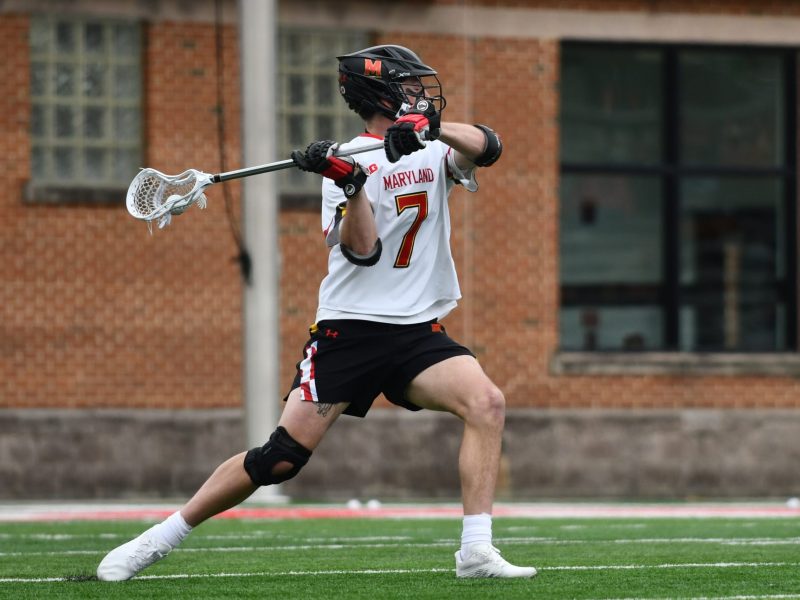
Hagerstown Hall on North Campus is one of the residence halls where students ore being placed in lounges.
Long before the start of the fall semester, Department of Resident Life officials know when facilities upgrades will take place and where living and learning programs will reside.
But there’s no easy way to estimate how many students will show up to occupy this university’s dorms, and that’s why officials said some residents end up living in lounges while pockets of rooms sit empty.
This semester, 9,492 students are sleeping in university-owned beds, and 12 of those beds started out the semester in three converted dorm lounges, four students to a lounge, said Scott Young, Resident Life administrative business services assistant director. Meanwhile, officials found there were four empty rooms on the first floor of newly opened Prince Frederick Hall.
Young said that by their best estimates, which they can’t make until at least early May, the dorms were full to capacity. The incoming freshman class had 120 students more than the previous year, skewing the estimates.
“Like us, undergraduate admissions has a target for a class they are trying to bring into the university by the first day of class,” Young said. “Sometimes they hit the target, sometimes they are above, sometimes they are below. So we have to be prepared early for all those possibilities.”
Part of that preparation includes designating some lounges as possible overflow housing locations. Most students in lounges this semester were moved to identified vacancies within two weeks of the start of classes, though four still remain.
“We saw more applications and fewer summer cancellations from this group,” Young said.
Junior resident assistant Brenda Shah said having students living in lounges in overcrowded residence halls can be frustrating and affect the “sense of community.”
Shah’s floor in Hagerstown Hall was the site of one of the occupied lounges. Unlike the other dorm rooms in the building, the lounge is air-conditioned, and it is larger than other rooms and comes with couches and a microwave.
But the lounge is a space where students can interact with new people in their hall, she said. Residents on Shah’s floor had to find other lounges around the building to socialize in.
“I am trying to create the best experience for my residents,” Shah said. “It took that week and a half to work everything out, and that first week is the most important.”
Students have lived in lounges before, Young said. Before the opening of Oakland Hall, in fall 2010 and spring 2011, about nine lounges around North Campus were occupied.
Part of an RA’s duties is reporting who shows up and where vacancies are during the first few weeks of school, Shah said. Resident Life then fills those vacancies based on priority. There are still vacancies around the campus that Resident Life is attempting to fill.
Dennis Passarella-George, South Campus associate director, said Prince Frederick Hall’s four vacant spaces were not in the original building plan, so they weren’t assigned to residents during the housing process in the spring.
“They were some rooms that got created because they just happened to fit,” Passarella-Geroge said. “We are planning to use them for short-term emergency situations if we need them because there is no RA on that wing and we were worried about any students there feeling isolated.”
Another means of adjusting for error is “flex” triples and quads, which are rooms built for two or three that are large enough to squeeze extra beds into as needed, Young said. Officials identified 164 of these rooms in February, he said.
Resident life creates a slight margin of error in the event that they see more applicants and fewer summer cancellations of new and returning students, Young said.
Shah said she understands that some of the misestimation is inevitable but that it’s frustrating nonetheless. She still worries about how lounge and flex living impacts students.
“It’s just very unfair,” Shah said. “As an RA, I’m trying to create a community on my floor. For most of my freshmen, it is their first time away from home and they don’t know many people when they come here.”


